Pakistan
Standard Education, Stronger Pakistan: The foundation for national progress and unity.
Published
8 months agoon
By
EDITOR
Education is often hailed as the cornerstone of progress and development. For Pakistan, a country with immense potential yet numerous challenges, standardized education holds the power to transform its societal mindset and revamp its system. A robust education system can equip citizens with the knowledge, skills, and ethical values necessary for a modern, prosperous society. It not only fosters individual growth but also plays a critical role in addressing national issues like poverty, inequality, and extremism.
The Current State of Education in Pakistan
Pakistan’s education system is marred by deep inequalities, which manifest in varying standards between public and private schools, urban and rural areas, and among the provinces. The lack of uniformity in curriculum, teaching standards, and resources has contributed to a fractured system that hinders national cohesion and overall progress. While some students have access to quality education in elite schools, millions are left behind in poorly equipped public schools or underfunded madrassas.
The disparities in educational quality create divides in society. Students from affluent backgrounds tend to have more opportunities to succeed, while those from low-income families struggle to compete. This unequal system perpetuates a cycle of poverty, limiting social mobility and economic growth.
The Need for Standardized Education
Standardized education refers to a system where every child, regardless of socioeconomic background or geographic location, receives the same level of quality education. It ensures that all students have access to a common curriculum, well-trained teachers, adequate resources, and a learning environment that fosters intellectual growth. In the context of Pakistan, standardized education can be a game-changer in addressing the following issues:
- Breaking Socioeconomic Barriers: A unified education system can bridge the gap between the rich and the poor. By providing the same educational opportunities to every child, regardless of their financial background, Pakistan can foster equality and social mobility. This will enable the underprivileged to improve their economic conditions and contribute positively to society.
- Countering Extremism: One of the critical challenges Pakistan faces is the rise of extremism, which is often fueled by ignorance, misinformation, and poverty. Standardized education can play a pivotal role in promoting critical thinking, tolerance, and an understanding of diverse perspectives. A well-rounded education that emphasizes peace, ethics, and inclusivity can help prevent the spread of extremist ideologies.
- Creating a Skilled Workforce: As the world moves towards a knowledge-based economy, Pakistan needs a highly skilled workforce to compete globally. A standardized education system can ensure that students receive not only academic knowledge but also practical skills that are relevant to the modern world. This includes technical education, digital literacy, and problem-solving skills, which are essential for the country’s economic development.
- Fostering National Unity: A common curriculum can strengthen national identity by emphasizing shared values, history, and culture. When students from different regions and backgrounds are exposed to the same educational content, it fosters a sense of unity and common purpose. This can help reduce regional and ethnic divisions and promote social harmony.
- Improving Governance and Civic Responsibility: Education plays a critical role in shaping citizens who are aware of their rights and responsibilities. A standardized system that includes civic education can empower individuals to actively participate in the democratic process, demand accountability from their leaders, and work towards the betterment of society. This is essential for improving governance and reducing corruption in Pakistan.
Steps Towards Implementing Standard Education
Achieving standardized education in Pakistan is a monumental task, but it is possible through well-planned reforms. Here are the key steps that can help bring about this transformation:
- Curriculum Reform: The first step towards standardization is to develop a common curriculum that is inclusive, culturally relevant, and globally competitive. The recent introduction of the Single National Curriculum (SNC) by the government is a step in this direction. However, it needs continuous refinement to ensure it meets international standards while respecting Pakistan’s unique cultural and religious values.
- Teacher Training and Development: A curriculum is only as good as the teachers who deliver it. Pakistan needs a comprehensive teacher training program to ensure that educators are well-equipped to impart knowledge effectively. Continuous professional development, coupled with merit-based recruitment, will ensure that teachers can inspire students and maintain high academic standards.
- Investment in Infrastructure: Many schools, especially in rural areas, lack basic infrastructure such as classrooms, libraries, and science labs. The government and private sector must collaborate to provide all schools with the necessary resources to create a conducive learning environment. This also includes digital infrastructure, as technology is an essential part of modern education.
- Inclusive Education: A standardized system must ensure that marginalized groups, including girls, disabled children, and students from remote areas, have equal access to quality education. Special programs and scholarships should be implemented to address these gaps and create an inclusive education environment.
- Public-Private Partnerships: The government alone cannot bear the burden of reforming Pakistan’s education system. Public-private partnerships can play a significant role in expanding access to quality education. Private institutions can provide innovation, resources, and management expertise, while the government ensures that standards are maintained across the board.
Conclusion: Education as a Catalyst for Change
Education is the most powerful tool for transforming societies. In Pakistan, standardizing education is not just a policy goal—it is the key to reshaping the nation’s mindset and system. By ensuring that every child has access to the same quality education, Pakistan can create a generation of informed, skilled, and responsible citizens who will drive the country towards prosperity.
A standardized education system will empower the youth, reduce inequality, combat extremism, and foster national unity. With the right reforms and investments, education can unlock Pakistan’s potential and pave the way for a brighter future.
You may like
-


Unity, Faith, and Discipline: The Cornerstones of Pakistan’s Motto as “Aik Qaum” (One Nation)
-


Aik Qaum: The Fusion of Integrity and Patriotism
-


“AIK QAUM” DECLARATION OF CONCEPTION
-
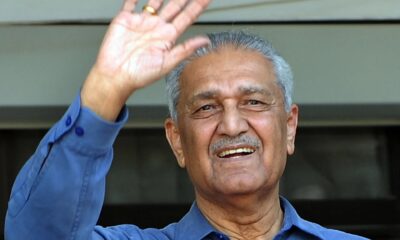

Dr. Abdul Qadeer Khan: The Real Hero of Pakistan
-
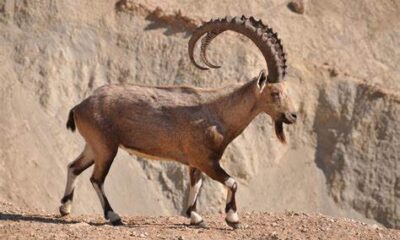

The Chiltan Ibex: A Rare Treasure of Balochistan
-
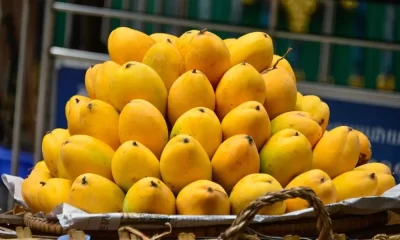

MANGO HEALTH BENEFITS NUTRITION
Pakistan
Unity, Faith, and Discipline: The Cornerstones of Pakistan’s Motto as “Aik Qaum” (One Nation)
Published
3 weeks agoon
May 28, 2025By
EDITOR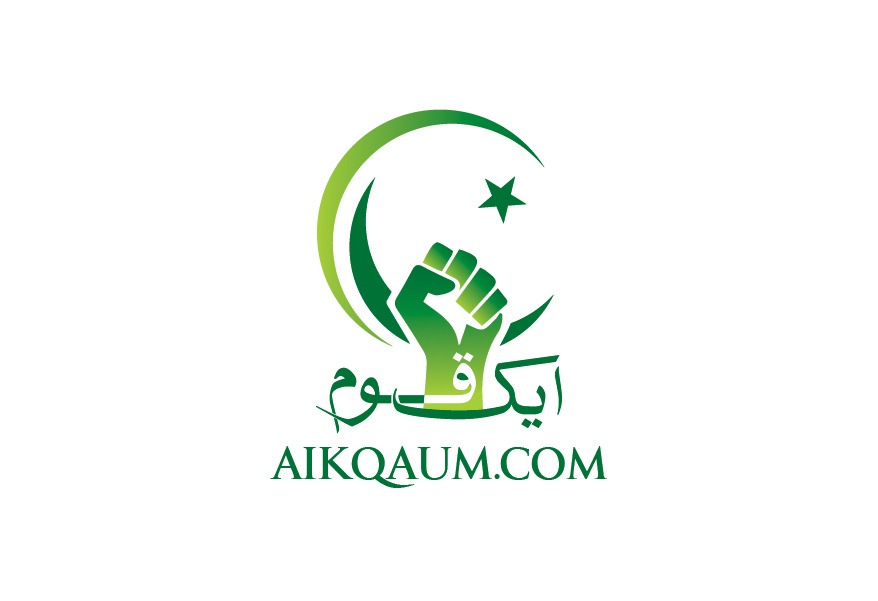
The guiding motto of Pakistan, “Unity, Faith, and Discipline,” holds profound significance in shaping the national identity of Pakistanis as “Aik Qaum” (One Nation). These three words, coined by the country’s founding father, Quaid-e-Azam Muhammad Ali Jinnah, form the bedrock of the national ethos. They represent the essential pillars upon which Pakistan was built and must continue to stand in pursuit of progress, solidarity, and global stature.
This motto is not just a political slogan or a patriotic catchphrase; it is an enduring call for the people of Pakistan to unite under a common banner of national purpose, to have faith in their capabilities, and to uphold the discipline needed for personal and national success. In this detailed article, we will explore the deeper meanings and implications of unity, faith, and discipline, and how these principles guide the vision of Pakistan as a united and resilient nation.
Unity: The Power of Togetherness
Unity is the first and foremost element of Pakistan’s national motto. It emphasizes the importance of national cohesion and solidarity across the diverse ethnic, linguistic, and religious landscape of Pakistan. As a nation that emerged from the crucible of colonialism and division, Pakistan’s unity has always been central to its survival and growth.
At its core, unity signifies a collective commitment to the country’s well-being, transcending personal or communal differences. Pakistan is home to a wide variety of cultures, languages, and sects, from the Punjabis, Sindhis, Pashtuns, and Baloch to religious minorities such as Christians, Hindus, and Sikhs. The concept of unity calls for embracing this diversity as a source of strength, rather than as a source of division.
Historically, the drive for unity was integral to the Pakistan Movement, which brought together Muslims from different regions of British India to fight for a common homeland. Quaid-e-Azam Muhammad Ali Jinnah recognized that only through unity could the Muslims of the subcontinent secure their political, economic, and social rights. His vision for Pakistan was one where all citizens, regardless of their background, would work together for the common good.
In modern-day Pakistan, unity remains vital for addressing the challenges of sectarianism, regionalism, and external threats. A united Pakistan is better equipped to deal with issues such as poverty, terrorism, and political instability. The concept of unity fosters a sense of belonging and national pride, urging Pakistanis to think of themselves as one people, with one purpose, under one flag.
Faith: Belief in a Higher Cause and in Ourselves
Faith is the second pillar of Pakistan’s motto and is deeply rooted in the spiritual and ideological foundation of the country. Pakistan was established as a homeland for Muslims, and faith in Islam has always been central to its identity. However, faith as a motto goes beyond mere religious belief; it encompasses a broader sense of confidence, trust, and belief in a higher cause, in the potential of the nation, and in the resilience of its people.
For Pakistan, faith is twofold: it represents both religious faith and faith in the nation’s future. Pakistanis draw strength from their spiritual beliefs, finding unity and purpose in the teachings of Islam, which emphasize justice, equality, and community welfare. This religious faith provides a moral compass for both governance and daily life, promoting values such as honesty, compassion, and responsibility.
Faith also refers to belief in Pakistan’s potential. Pakistan has faced numerous challenges since its inception in 1947, from wars and natural disasters to political turmoil and economic crises. Through it all, the faith of its people in the country’s resilience and eventual success has been unwavering. This faith in Pakistan’s ability to rise above adversity and build a better future remains a key motivator for both the government and the citizenry.
Jinnah, in his speeches, often urged Pakistanis to have faith in themselves, in their institutions, and in their destiny. He believed that faith in the country’s foundational principles would ensure its survival and prosperity. In today’s rapidly changing world, this faith is crucial in fostering optimism, innovation, and national pride among Pakistanis.
Discipline: The Key to Progress and Stability
The third and final element of Pakistan’s national motto is discipline, a principle that Jinnah regarded as essential for the development of a strong, stable, and successful nation. Discipline is the cornerstone of order, efficiency, and progress. It demands that citizens and leaders alike act with responsibility, accountability, and foresight.
For Pakistan to achieve its full potential, discipline is required at both the individual and institutional levels. On a personal level, discipline involves hard work, ethical behavior, and adherence to the rule of law. It requires Pakistanis to be diligent in their pursuits, whether in education, work, or civic duties, and to prioritize the common good over personal gain.
On a broader scale, national discipline means the effective functioning of the state, including the proper management of resources, the upholding of justice, and the fair enforcement of laws. A disciplined nation adheres to democratic values, maintains the integrity of its institutions, and operates with transparency and accountability. Discipline ensures that the country can handle crises, avoid corruption, and build a sustainable economy.
Jinnah himself was a model of discipline. His dedication to the cause of Pakistan, his meticulous planning, and his unwavering commitment to the principles of justice and fairness were key factors in the success of the Pakistan Movement. He emphasized that without discipline, a nation could not stand firm, nor could it achieve its desired goals.
Today, Pakistan faces numerous challenges that require discipline in governance, education, healthcare, and defense. The globalized world presents both opportunities and obstacles, and only through disciplined efforts can Pakistan compete on the world stage. Whether in fighting corruption, strengthening institutions, or promoting social cohesion, discipline remains a critical factor in Pakistan’s progress.
The Relevance of “Unity, Faith, and Discipline” in Modern Pakistan
As Pakistan navigates the 21st century, the principles of unity, faith, and discipline are more relevant than ever. These values are not just historical legacies but are guiding principles for Pakistan’s future as a vibrant, resilient, and prosperous nation. In an era of rapid globalization, technological advancement, and shifting political dynamics, these ideals provide a steady framework for national development and collective progress.
- Unity is vital for overcoming internal divisions and presenting a strong, cohesive front on the international stage.
- Faith continues to be a source of strength, providing hope, moral guidance, and belief in the country’s bright future.
- Discipline is crucial for tackling corruption, ensuring effective governance, and building a strong economy capable of competing globally.
In conclusion, “Unity, Faith, and Discipline” remains the heart of the Pakistani identity as “Aik Qaum” (One Nation). It encapsulates the aspirations of a people who, despite facing numerous challenges, remain committed to the vision of a united, just, and prosperous Pakistan. These principles, when embraced and practiced by all Pakistanis, have the power to shape a future that honors the past while paving the way for new achievements on the world stage.
Article
Aik Qaum: The Fusion of Integrity and Patriotism
Published
3 weeks agoon
May 28, 2025By
EDITOR
We keep Integrity closest to our Heart and Patriotism on top of our mind.
Integrity and patriotism are not separate entities; they are intertwined in the soul of Pakistan. The people understand that to be a patriot is to uphold the principles of integrity. Honesty and love for one’s country are two sides of the same coin. Together, these values form the essence of “Aik Qaum.”
The fusion of integrity and patriotism is evident in the everyday lives of Pakistanis. It’s in the farmer toiling the fields, the teacher educating the youth, and the soldier guarding the borders. It’s in the child who dreams of a better Pakistan and the elderly who have seen the nation grow. “Aik Qaum” is the realization that integrity and patriotism are the heart and mind of Pakistan, beating in unison to guide the nation forward.
As we celebrate the spirit of “Aik Qaum,” we honor the values that make Pakistan a unique and resilient nation. Integrity and patriotism serve as our guiding stars, leading us towards a brighter and more prosperous future. In the heart of every Pakistani and at the forefront of their minds, “Aik Qaum” stands as a testament to the strength of a united nation, bound by the principles of integrity and the unyielding love for their homeland.
In Pakistan, “Aik Qaum” is not just a motto; it’s a way of life that embodies the enduring spirit of a proud and united nation.
Pakistan
Dr. Abdul Qadeer Khan: The Real Hero of Pakistan
Published
1 month agoon
May 10, 2025By
EDITOR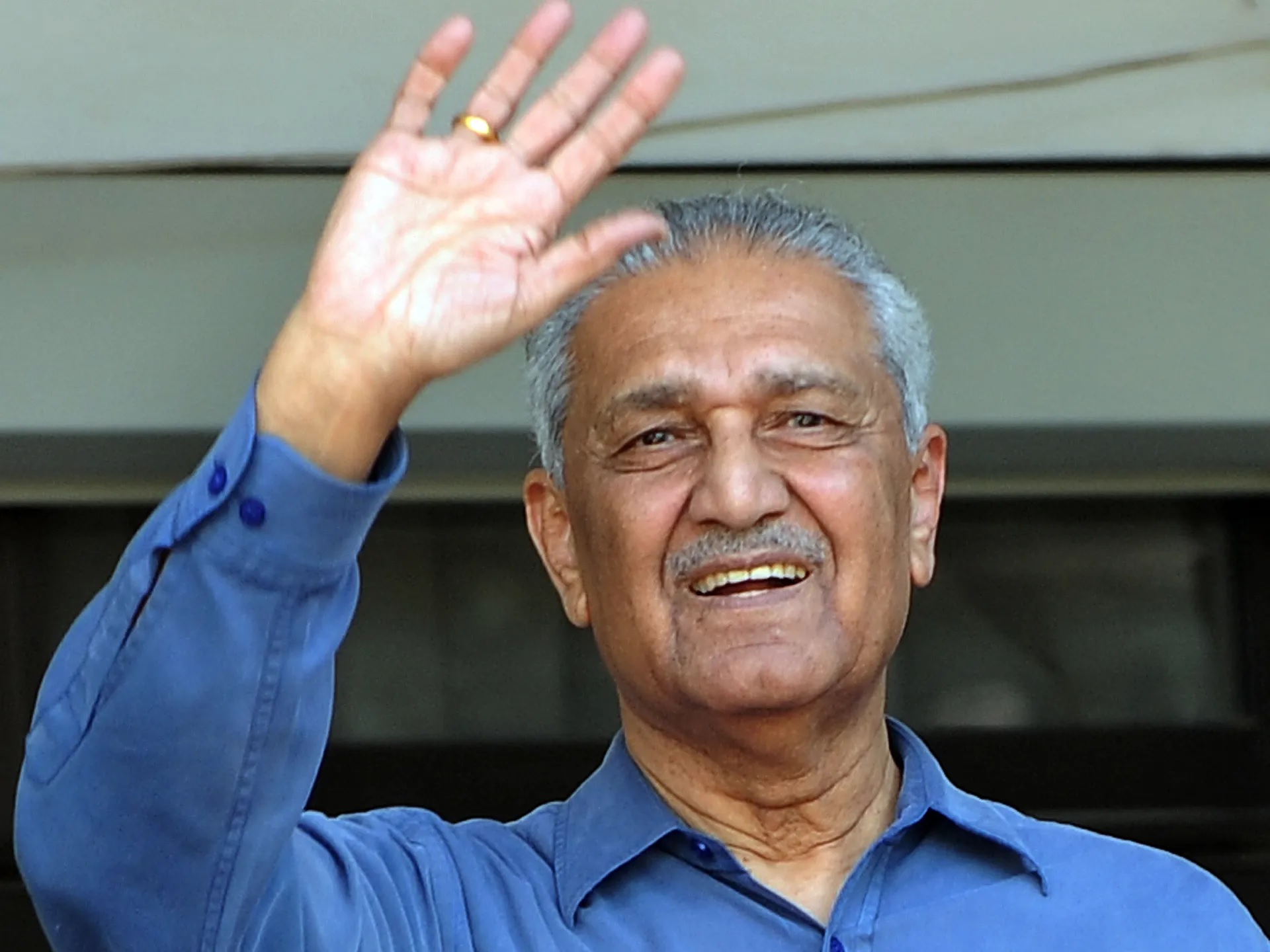
Dr. Abdul Qadeer Khan, affectionately known as A.Q. Khan, is widely celebrated as the “Father of Pakistan’s Nuclear Program.” His contributions to science and defense not only elevated Pakistan to a new level of self-reliance but also safeguarded the nation’s sovereignty in a volatile region. For many Pakistanis, Dr. Khan is more than a scientist—he is a national hero whose legacy of patriotism, brilliance, and resilience continues to inspire generations.
Early Life and Education
Dr. Abdul Qadeer Khan was born on April 1, 1936, in Bhopal, India. In the aftermath of the partition in 1947, his family migrated to Pakistan. After completing his early education, Khan pursued higher studies in Europe, earning a degree in metallurgy from the Netherlands and later, a doctorate in metallurgical engineering from Belgium.
His education in Europe allowed him to work with some of the most advanced technology of the time. He gained valuable experience working at a European uranium enrichment facility, where he learned the intricacies of centrifuge technology—a technology that would play a pivotal role in his future efforts to develop Pakistan’s nuclear capabilities.
Contribution to Pakistan’s Nuclear Program
In the early 1970s, following Pakistan’s defeat in the 1971 war and India’s successful nuclear test in 1974, the need for Pakistan to develop its nuclear deterrent became urgent. It was at this crucial juncture that Dr. A.Q. Khan offered his services to the government of Pakistan.
Khan’s return to Pakistan marked the beginning of a transformative era in the country’s defense strategy. He was given charge of the Kahuta Research Laboratories (now called Khan Research Laboratories), where he spearheaded Pakistan’s uranium enrichment efforts. Despite limited resources and immense international pressure, Dr. Khan and his team achieved remarkable success. Under his leadership, Pakistan conducted its first successful nuclear test on May 28, 1998, in response to India’s earlier tests, making it the first Muslim-majority country to possess nuclear weapons.
Safeguarding Pakistan’s Sovereignty
Dr. Khan’s role in the successful development of nuclear technology is widely regarded as a crucial factor in maintaining Pakistan’s security and sovereignty. His work ensured that Pakistan had a credible deterrent against external aggression, particularly in light of the hostile relations with its neighbor, India.
The achievement not only bolstered Pakistan’s standing in the global community but also instilled a sense of pride and security within the nation. For many, Dr. Khan became a symbol of national pride, courage, and determination in the face of adversity.
National Hero and Legacy
Dr. Abdul Qadeer Khan passed away on October 10, 2021, leaving behind a legacy that will forever be etched in the history of Pakistan. His funeral was attended by thousands, including political leaders, military officials, and citizens from all walks of life. He was laid to rest with full state honors, a testament to the nation’s deep respect and gratitude for his services.
Dr. Khan’s work ensured that Pakistan remained secure in an unpredictable geopolitical landscape. His contributions to science and defense transformed the country, empowering it with a nuclear deterrent that still serves as a cornerstone of its defense strategy today.
Dr. Abdul Qadeer Khan will always be remembered as a visionary who dedicated his life to serving Pakistan. His brilliance as a scientist, his unwavering commitment to his country, and his determination to see Pakistan rise as a strong, independent nation make him a true national hero. His legacy is a reminder that through perseverance, knowledge, and love for one’s country, even the most daunting challenges can be overcome. Dr. Abdul Qadeer Khan will forever remain the “Real Hero of Pakistan.”

Unity, Faith, and Discipline: The Cornerstones of Pakistan’s Motto as “Aik Qaum” (One Nation)

Aik Qaum: The Fusion of Integrity and Patriotism








